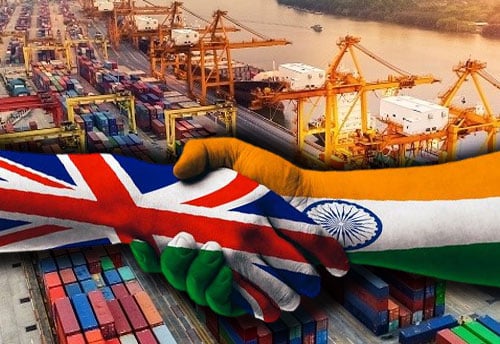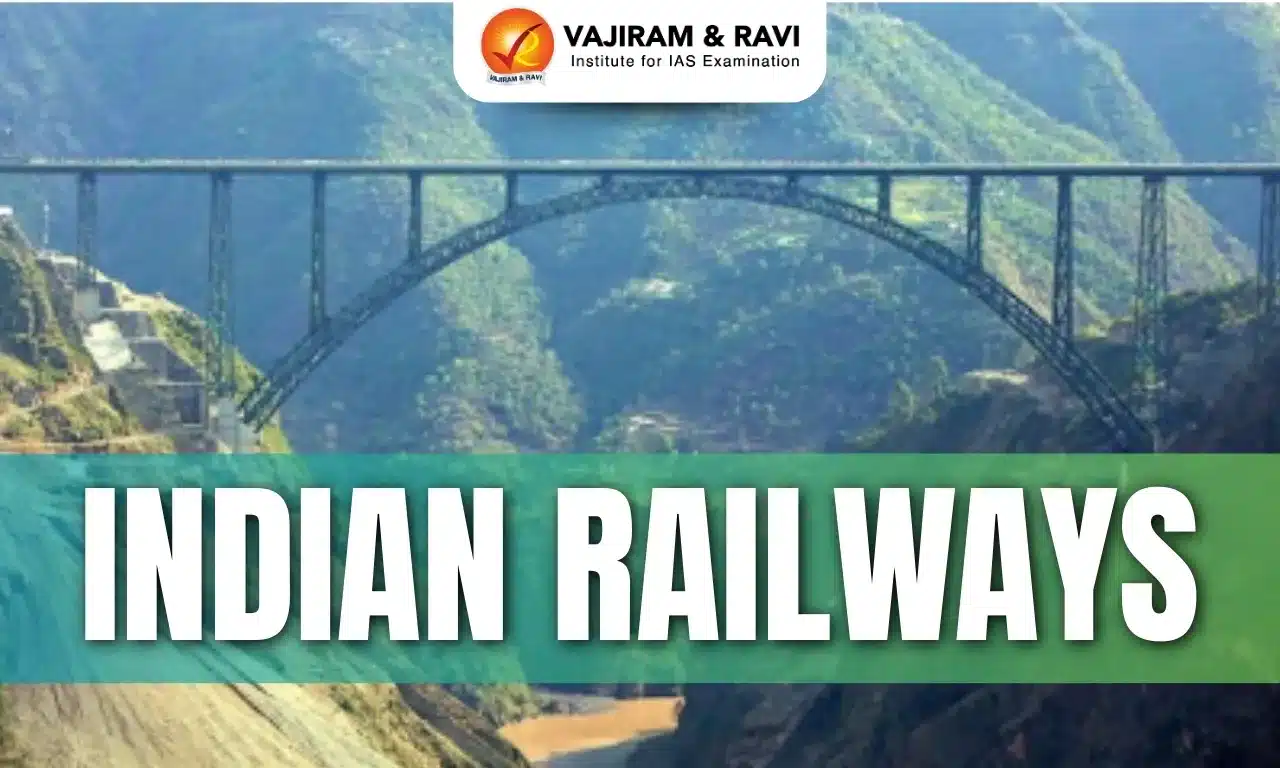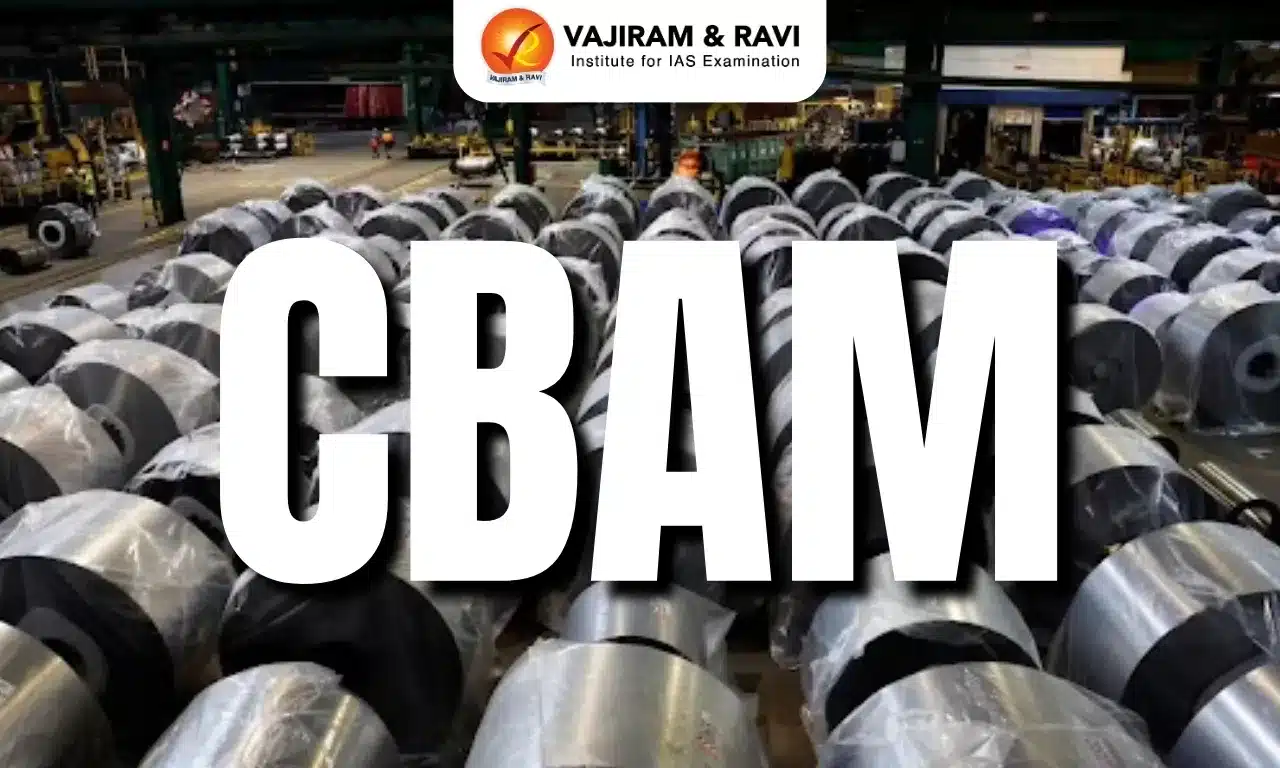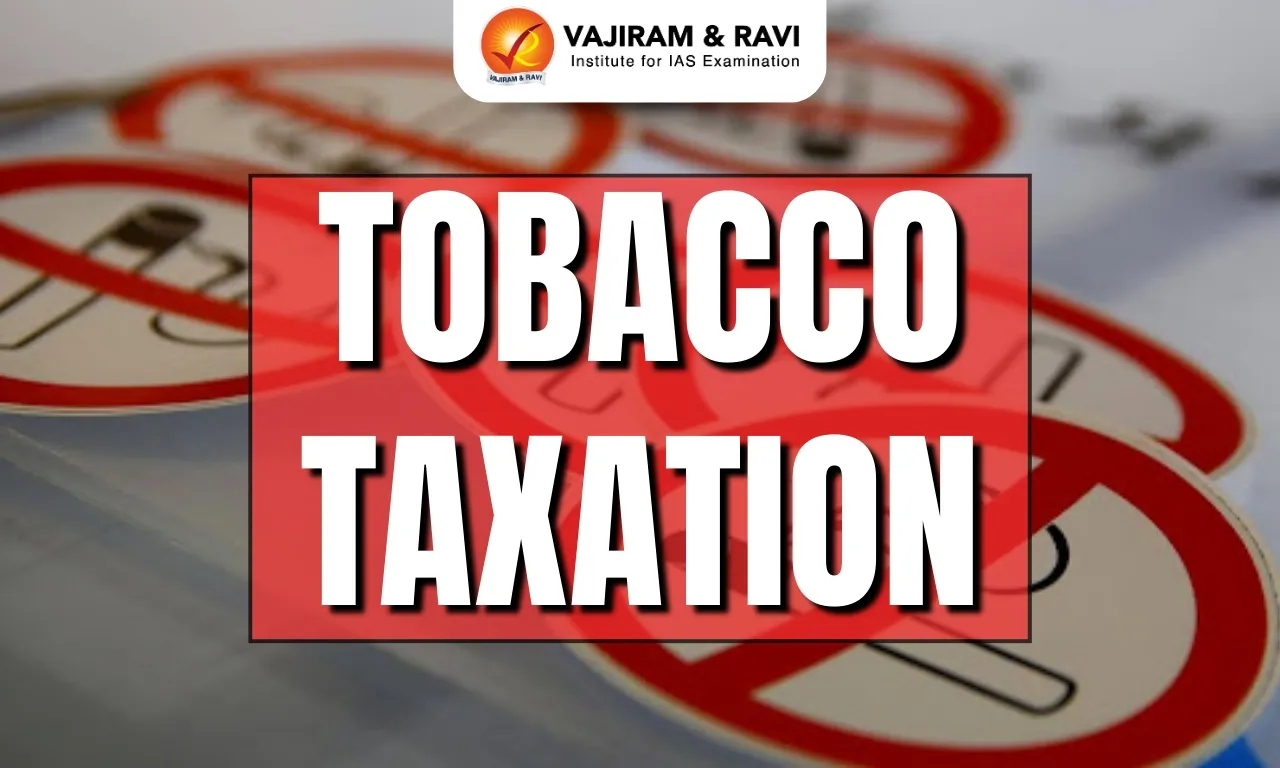What’s in Today’s Article?
- Why in News?
- What to Expect from India-UK FTA?
- Significance of the India-UK FTA
- What has Spurred the India-UK FTA?
- What will India and the UK Gain from the India-UK FTA?
- Challenges in the India-UK FTA
Why in News?
- The External Affairs Minister (EAM) of India discussed the India-UK Free Trade Agreement (FTA) with Britain’s PM and Foreign Secretary.
- This round of talks comes amid the bilateral trade between India and the U.K. increased to $20.36 billion in 2022-23 from $17.5 billion in 2021-22.
What to Expect from India-UK FTA?
- Merchandise trade: Indian products like petroleum, medicines, diamonds, machine parts, aeroplanes, and wooden furniture worth $6 billion face no tariffs in the UK, even without the FTA. These will not gain from the FTA.
- Services:
- An area of immediate advantage for India is persuading the UK to issue priority visas to Indian professionals travelling to the UK to perform short-term assignments.
- However, obtaining a large number of short-duration business visas from the UK may not be easy, as the UK erroneously associates visas with immigration, a sensitive issue since Brexit.
- Rules of origin:
- This will ensure that products from third countries only receive FTA benefits if they undergo significant transformation in the exporting country.
- India prefers conservative rules of origin compared to most developed countries, leading to extended discussions and negotiations.
- Government procurement
- Allowing the UK producers to sell to India’s government procurement sector would bring them on par with Indian firms.
- On the other hand, Indian firms face a competitive and restricted government procurement market in the UK with little business prospects. India needs to be conservative and careful.
- Labour standards, gender, environment, digital trade, IPRs: India must make domestic rules/standards before taking commitments under the FTAs. Till then, India must avoid taking onerous obligations on non-trade issues.
Significance of the India-UK FTA
- When signed, the India-UK FTA will serve as a template for an agreement with India’s 2nd-largest trade partner, the European Union (EU).
- Breaking from the look east policy for trade deals that saw widening deficits with Japan, South Korea, and ASEAN countries, the government is counting on economic integration with Western and African nations to fuel export growth.
What has Spurred the India-UK FTA?
- The China factor:
- The disruption of supply chains during the pandemic brought home to Western companies the risks of over-dependence on China, and the need for a ‘China-plus one’ policy.
- Australia’s tensions with China, along with the complementarities with the Indian economy, presented a case for a trade deal with India; similar factors brought New Delhi and London to the negotiating table.
- India exiting from Regional Comprehensive Economic Partnership (RCEP): India, after exiting the China-dominated RCEP, has been looking at trade deals with the UK, Australia, the EU, to hold off China in the region.
- Spurred by Brexit: A trade deal with India is crucial for the UK as the ruling Conservatives face a tough election in early 2025.
What will India and the UK Gain from the India-UK FTA?
- India:
- India’s labour-intensive sectors such as apparel and gems and jewellery have seen a steep decline in market share over the last five years.
- Indian textile exports face tariffs as high as 10% in the UK; a trade deal could put India on par with competition such as Bangladesh, and revive textile exports.
- UK:
- Notably, the average tariff on goods imported from India into the UK is 4.2% but the average tariff in India on goods imported from the UK is 14.6%
- British exports to India such as cars, Scotch whisky, and wines, face considerable tariffs of 100-150%.
- Tariff reductions on these goods will potentially offer UK deeper access into Indian markets.
Challenges in the India-UK FTA
- Elimination of duty does not automatically result in export growth: Past deals with Japan and the ASEAN countries have shown that. Also, many Indian exports to the UK already enjoy low or zero tariffs.
- Warning from the British Parliament: Granting zero-duty access to Indian textiles under the FTA could bring stress on Least Developed Countries such as Bangladesh.
- Non-tariff barriers (NTBs):
- Modern FTAs go beyond tariff reduction. India could use the negotiations to eliminate NTBs that have historically been a concern for exporters, especially for agri exports.
- NTBs often come in the form of regulations, standards, testing, certification, or pre shipment inspection that are aimed at protecting human, animal, or plant health and the environment.
- Issue of carbon tax:
- Like the EU, the UK is looking to impose a levy on metal imports based on carbon emissions.
- An EU-style carbon border adjustment mechanism (CBAM) will hurt India’s exports to the UK even if India wins significant removal of tariffs.
Q1) What is the Carbon Border Adjustment Mechanism (CBAM)?
The CBAM is a carbon tariff on carbon intensive products, such as cement and some electricity, imported by the European Union. Legislated as part of the European Green Deal, it takes effect in 2026, with reporting starting in 2023.
Q2) What is the Regional Comprehensive Economic Partnership (RCEP)?
The RCEP is a free trade agreement (FTA) between the ten member states of the ASEAN and its five FTA partners (Australia, China, Japan, South Korea and New Zealand).
Source: Proposed India-UK FTA, its politics, and why the UK may benefit more | TH
Last updated on January, 2026
→ Check out the latest UPSC Syllabus 2026 here.
→ Join Vajiram & Ravi’s Interview Guidance Programme for expert help to crack your final UPSC stage.
→ UPSC Mains Result 2025 is now out.
→ UPSC Notification 2026 is scheduled to be released on January 14, 2026.
→ UPSC Calendar 2026 is released on 15th May, 2025.
→ UPSC Prelims 2026 will be conducted on 24th May, 2026 & UPSC Mains 2026 will be conducted on 21st August 2026.
→ The UPSC Selection Process is of 3 stages-Prelims, Mains and Interview.
→ UPSC Result 2024 is released with latest UPSC Marksheet 2024. Check Now!
→ UPSC Toppers List 2024 is released now. Shakti Dubey is UPSC AIR 1 2024 Topper.
→ Also check Best IAS Coaching in Delhi

















